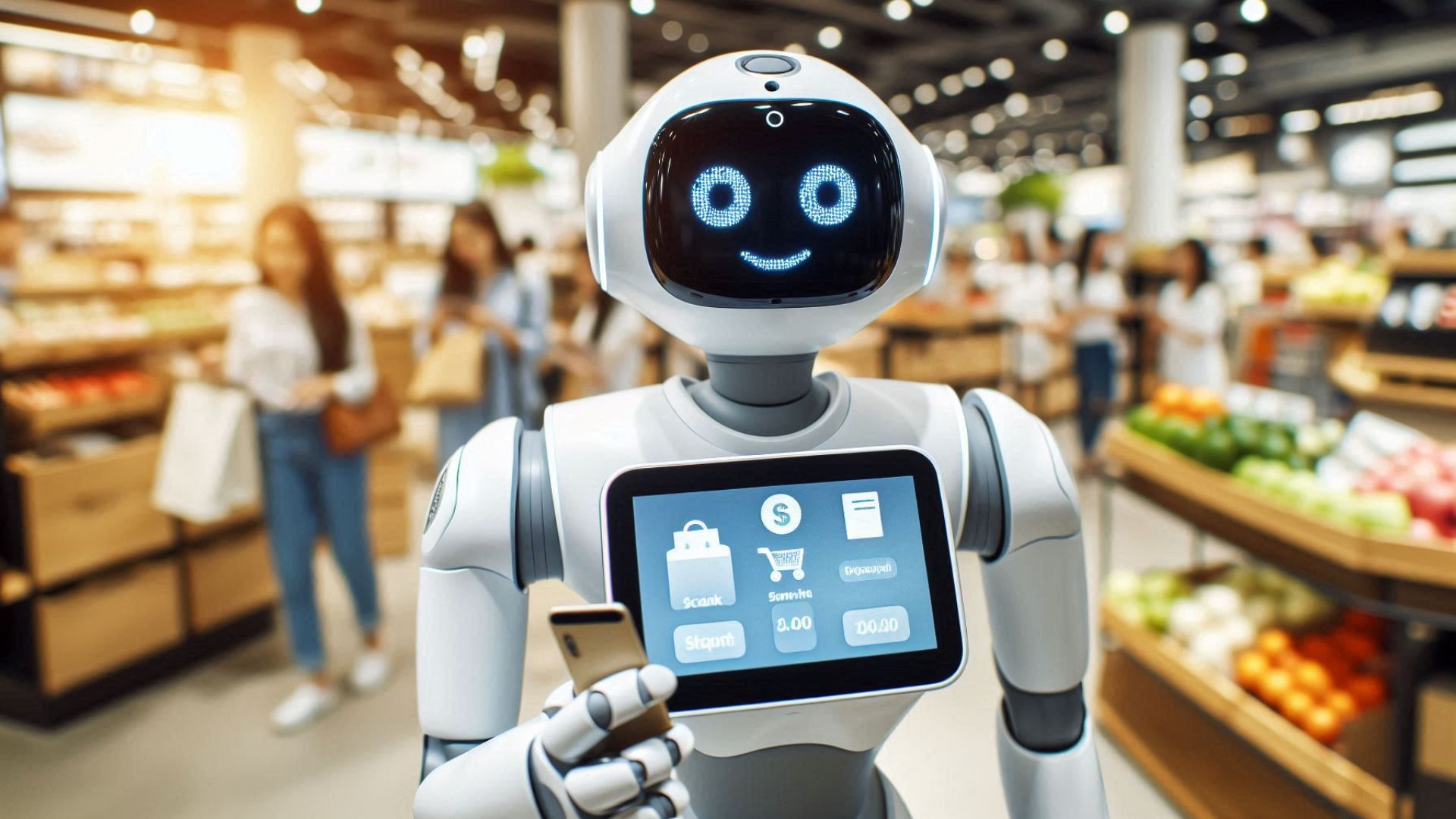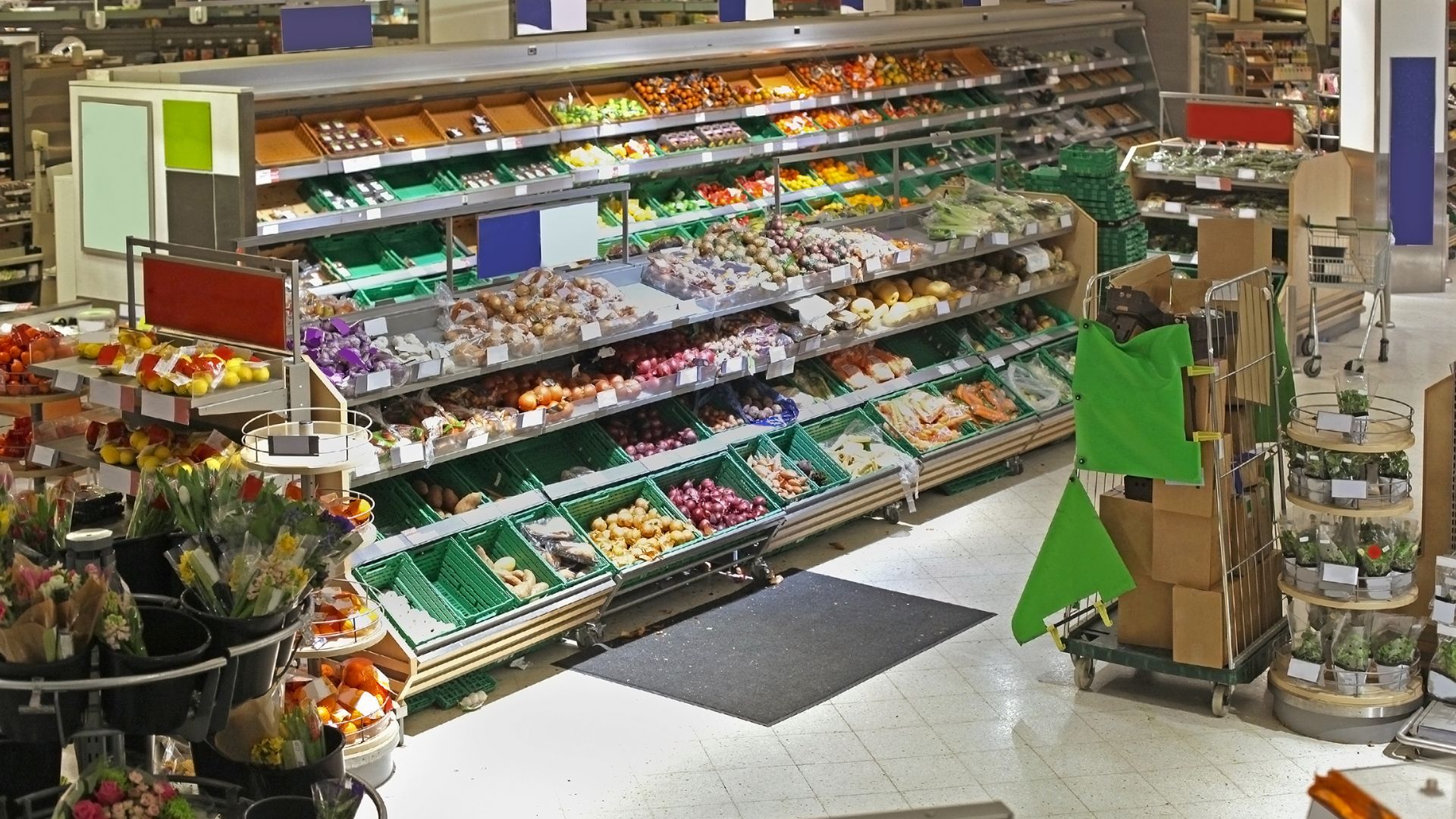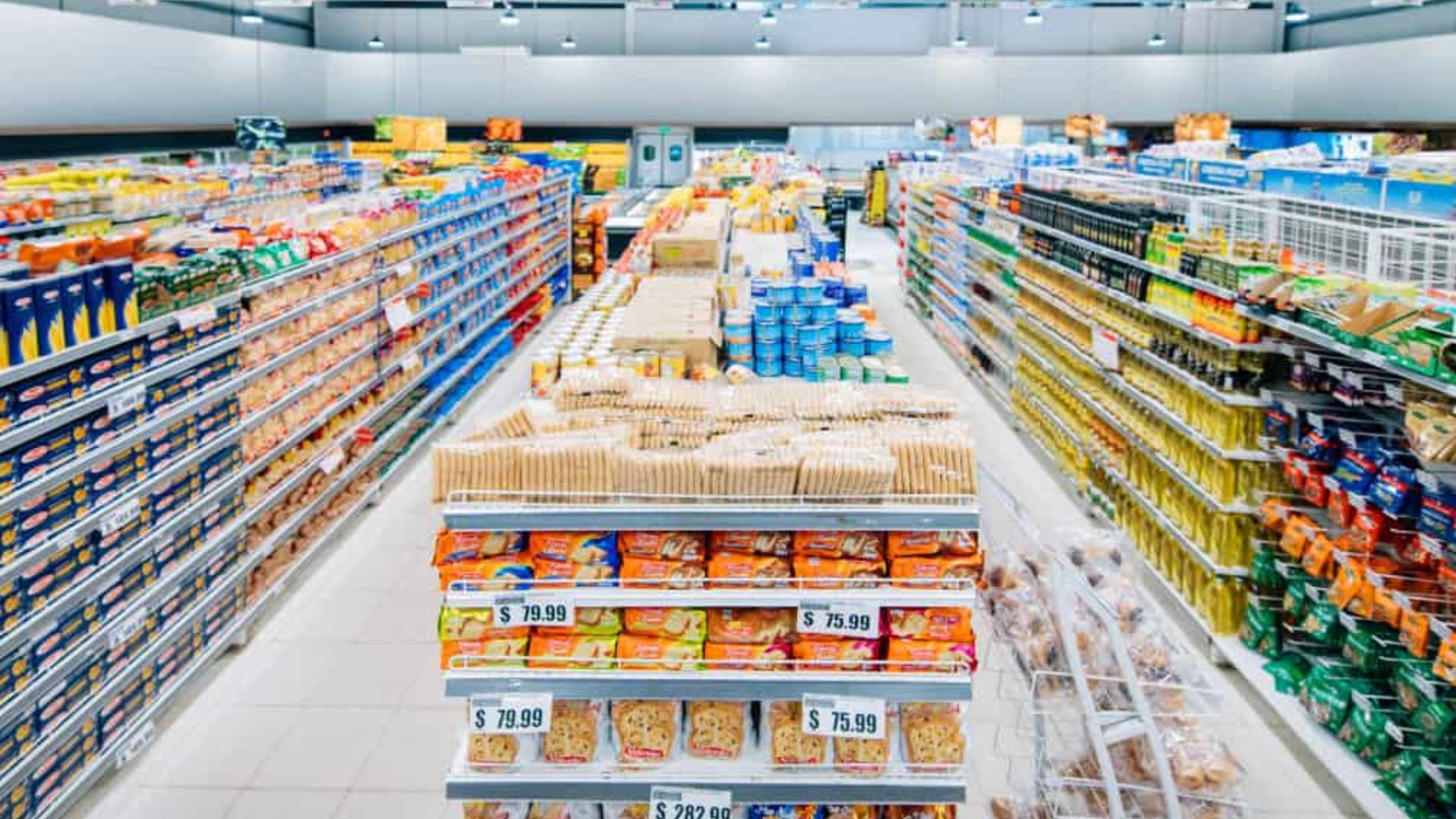Maintaining a competitive edge in the market requires more than just a good product and a supposedly prime location. It demands precise and effective category management, where every product on the shelf is strategically placed, monitored, and adjusted to improve discoverability and maximize sales. Category management in retail involves the process of managing product categories as individual business units, optimizing product placement, ensuring on-shelf stock, and promotions to drive sales and profitability.
The global image recognition market in retail is projected to grow from $2.3 billion in 2023 to approximately $17.5 billion by 2033, with a compound annual growth rate (CAGR) of 22.5% from 2024 to 2033. This rapid growth highlights how CPGs and retailers are increasingly investing in image recognition technologies to gain a competitive advantage by minimizing errors caused by manual intervention, optimizing staffing, and improving shopping experience. By integrating image recognition technology into category management, CPGs and retailers can automate and enhance various aspects of the retail process, leading to better on-shelf product placement, improved inventory management, deeper customer insights, and more efficient operations.
Also read: The Role of Image Recognition in Transforming Retail Store Audits
What is Category Management
Category management is a strategic approach in retail where products are grouped into categories that function as individual business units. The primary purpose of category management is to maximize the overall profitability and sales performance of these categories by optimizing product assortment mix, on-shelf placement, pricing, and promotions.
Benefits of Image Recognition in Retail Category Management include:
1. Enhancing Product Placement
2. Boosting Operational Efficiency
3. Optimizing Inventory Management and distribution
4. Streamlining Promotions and Pricing
5. Improving Customer Insights
6. Leveraging Technology for Competitive Advantage
By treating each category as a standalone entity, CPGs and retailers can focus on consumer needs, market trends and demand patterns, ensuring that the right products are available at the right time and place inside every store. This approach allows leaders to make data-driven decisions that enhance customer satisfaction and drive per-store sales growth. Let’s delve deeper into each of the benefits separately.

Benefits of Image Recognition in the Retail Category
Enhancing Product Placement
One of the core components of category management in retail is product placement. The right on-shelf placement can significantly impact sales, and ensuring that products are correctly positioned according to set planograms is crucial. Image recognition technology offers two major benefits:
Automating Planogram Compliance Checks: Traditionally, ensuring that products are placed according to the predefined planogram frequently is a challenge. Retail staff or a designated auditor/field agent would manually check the shelves, which is time-consuming and error prone. With ParallelDots' ShelfWatch, brands and retailers can automatically capture and analyze shelf images and compare them against the real-o-gram . This automation ensures that brands can flag stores that violate planograms and work along with their store staff to ensure the products are placed correctly, reducing human error and ensuring consistency across all store locations.
Also read: How CPGs Can Achieve 100% Planogram Compliance in Retail Stores
Real-Time Monitoring of Shelf Displays and POSMs: In addition to automating planogram compliance, image recognition technology provides real-time monitoring of shelf displays & POSMs. Brands can instantly see if products are missing or out of place if promotional displays are correctly set up, or if a competitor's product encroaches on the space allocated for their brand. This real-time insight allows for immediate corrective actions, ensuring that the shelf space is always optimized for sales.
Also read: How Image Recognition Helps in RealTime Retail Shelf Monitoring
Transitioning from product placement, it's essential to consider how this technology can also optimize inventory management, another critical aspect of category management in retail.
Optimizing Inventory Management
Efficient inventory management is at the heart of successful category management in retail. Ensuring that products are always in stock and available for customers is critical for maximizing sales. Image recognition plays a pivotal role in enhancing this aspect by tracking out-of-stock items and improving stock replenishment cycles.
Tracking Out-of-Stock Items: One of the biggest challenges in retail is identifying out-of-stock items before they impact sales. ShelfWatch automatically detects when a product is missing from the shelf, allowing retailers to address the issue immediately. Image recognition technology can automatically detect when a product is missing from the shelf, allowing retailers to address the issue immediately. This proactive approach helps maintain product availability, improving product discoverability and preventing lost sales.
Improving Stock Replenishment Cycles: By continuously monitoring shelf stock levels, image recognition tools can provide valuable data that optimizes stock replenishment cycles. Retailers can ensure that high-demand products are restocked more frequently, while low-demand items are managed more effectively. This optimization reduces waste, minimizes stockouts, and ensures that shelves are always stocked with the right products.
Also read: Boosting On-Shelf Availability for Packaged Food Brands using Image Recognition Technology
Moving from inventory management, the next logical step is to explore how image recognition can provide deeper customer insights, further enhancing category management in retail.
Improving Customer Insights
Understanding customer behavior is crucial for effective category management. Image recognition technology provides retailers with the ability to analyze customer behavior and customize assortments based on visual data.
Analyzing Customer Behavior Through Image Data: Image recognition can track customer interactions with products on the shelf, providing insights into which items attract the most attention, how long customers spend looking at a product, and which items are frequently picked up and then put back. This data allows retailers to understand customer preferences better and tailor their product offerings accordingly.
Customizing Assortments Based on Visual Data: With the insights gained from analyzing customer behavior, retailers can customize their product assortments to meet customer demands better. For example, if image recognition data shows that a particular product is frequently examined but rarely purchased, the brands and retailer might consider adjusting the price, offering promotions, or repositioning the item on the shelf to boost sales.
Having explored customer insights, the next area to consider is how image recognition can streamline promotions and pricing, key components of category management in retail.
Streamlining Promotions and Pricing
Promotions and pricing are critical levers in category management that can significantly influence sales. Image recognition technology can help brands manage these aspects more effectively by automating the detection of promotional displays and enabling dynamic pricing adjustments.
Automated Detection of Promotional Displays: Setting up and maintaining promotional displays can be challenging, especially across multiple store locations. Image recognition technology can automatically detect whether promotional displays are set up correctly and are consistent with the campaign guidelines. This automation ensures that promotions are executed flawlessly, maximizing their impact on sales.
Dynamic Pricing Adjustments: Image recognition, combined with data analytics, allows for dynamic pricing adjustments based on real-time shelf conditions. For example, if a product is not selling as expected, the system can suggest a price adjustment to stimulate sales. Conversely, if a product is flying off the shelves, the system might recommend a price increase to maximize revenue. This dynamic approach ensures that pricing strategies are always aligned with current market conditions.
Also read: The Why and How of Price Detection Through Retail Image Recognition
Let’s look at how these benefits translate into overall operational efficiency.
Boosting Operational Efficiency
Operational efficiency is the backbone of effective category management in retail. By automating routine tasks and reducing the need for manual labor, image recognition tools can significantly enhance operational efficiency.
Automating Routine Category Management Tasks: Many tasks in category management, such as shelf audits, planogram checks, and stock level monitoring, can be automated using image recognition. This automation frees up staff to focus on more strategic activities, improving overall efficiency and reducing labor costs.
Reducing Manual Labor with Image Recognition Tools: The manual process of checking shelves, ensuring compliance, and managing stock can be both time-consuming and prone to errors. Image recognition tools eliminate these inefficiencies by providing accurate, real-time data that enables faster decision-making and more effective management of retail operations.
As we conclude our exploration of how image recognition benefits category management in retail, it's worth considering how integrating these advanced technologies can provide a competitive edge and ensure long-term sustainability.
Leveraging Technology for Competitive Advantage
Staying ahead of the competition requires embracing advanced technologies that enhance efficiency, accuracy, and customer satisfaction in a rapidly evolving retail landscape. Image recognition is one such technology that, when integrated with other innovations like AI and IoT, can provide a significant competitive advantage.
Integration of Advanced Technologies: Combining image recognition with AI, IoT, and data analytics creates a powerful ecosystem that supports all aspects of category management. ShelfWatch allows retailers to manage their categories with unparalleled precision, ensuring that products are always optimally placed, priced, and stocked.
Ensuring Sustainability Through Technological Adoption: Embracing image recognition and other advanced technologies also contributes to sustainability. By optimizing inventory management, reducing waste, and ensuring that products are always available when customers need them, retailers can minimize their environmental impact while maximizing profitability.
The 8-Step Category Management Process
Category management in retail involves a structured approach to managing product categories as strategic business units. This method ensures that each category is optimized to meet consumer needs while maximizing sales and profitability. The 8-step process is a widely recognized framework that guides retailers through effective category management. Below is a table that outlines these eight steps:

Each step in this process builds upon the previous one, ensuring a comprehensive and strategic approach to managing retail categories. By following this structured process, retailers can better meet consumer needs, enhance the shopping experience, and drive overall business success.
Conclusion
In conclusion, image recognition technology is transforming category management in retail, offering a host of benefits that drive efficiency, accuracy, and profitability. Retailers can maintain a competitive edge in an increasingly dynamic market by enhancing product placement, optimizing inventory management, gaining deeper customer insights, streamlining promotions and pricing, and boosting overall operational efficiency. Moreover, integrating advanced technologies like AI and IoT with image recognition further strengthens category management strategies, ensuring that retailers can adapt quickly to market changes and customer demands.
As the retail landscape continues to evolve, embracing these technologies is not just an option—it’s a necessity for sustainable growth and success. Book a demo today to learn how ParallelDots’ ShelfWatch can elevate your category management strategy and maximize your retail operations.


